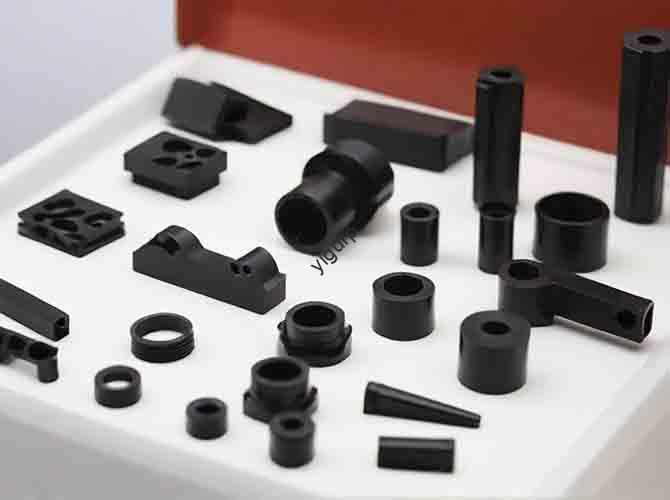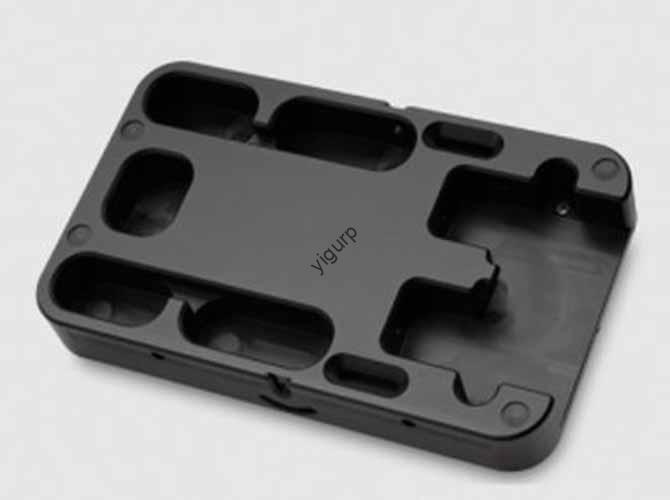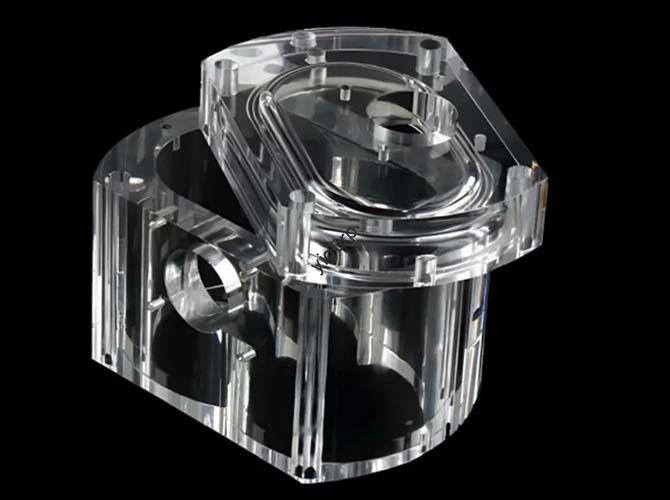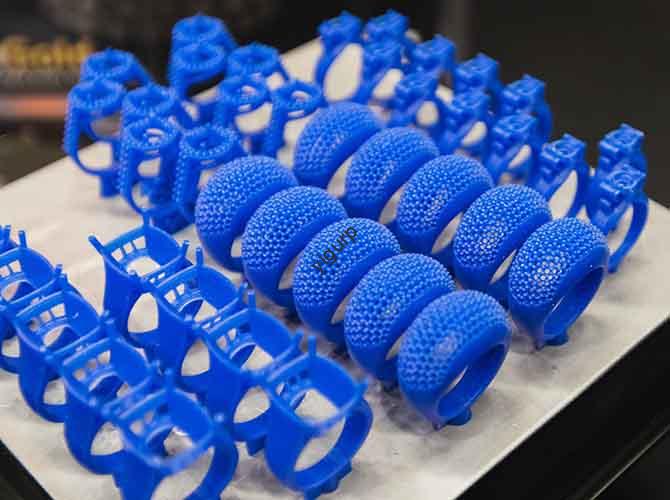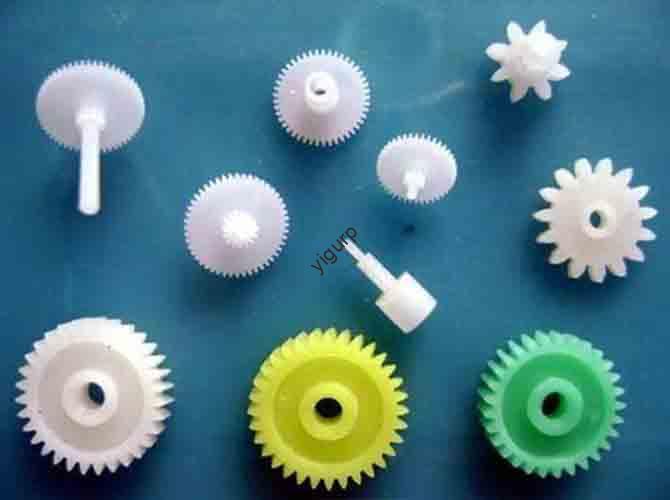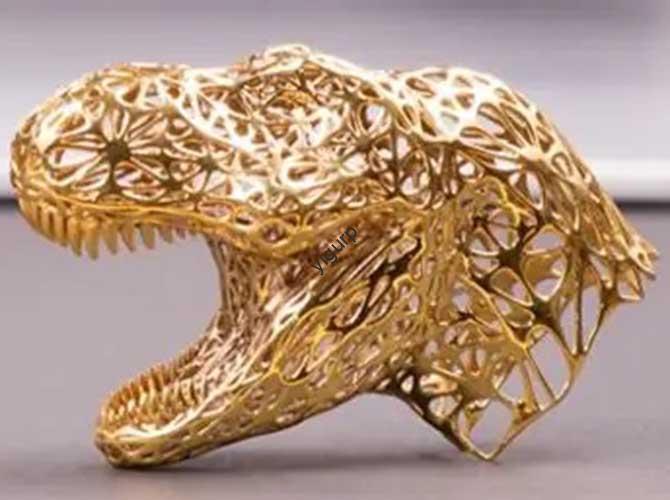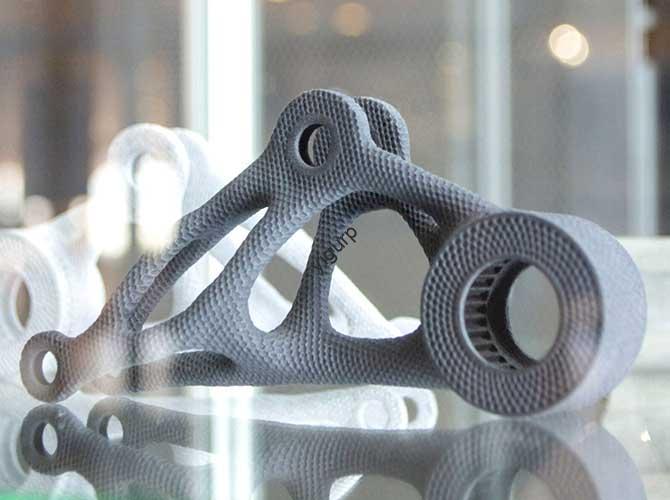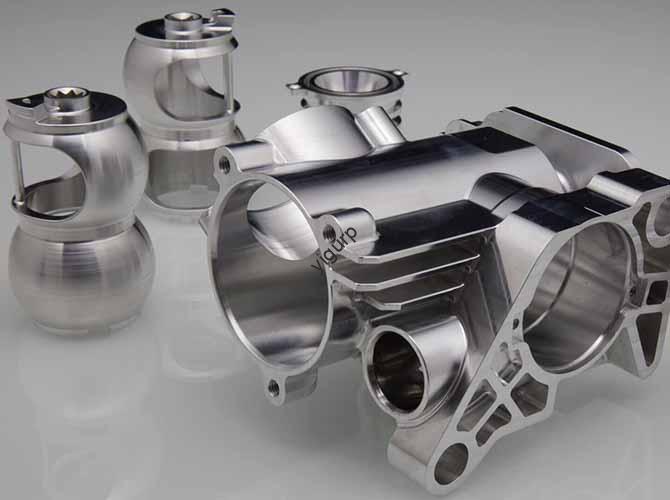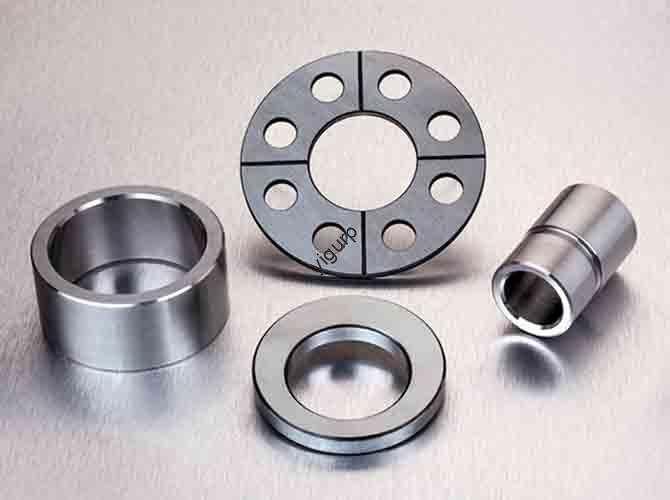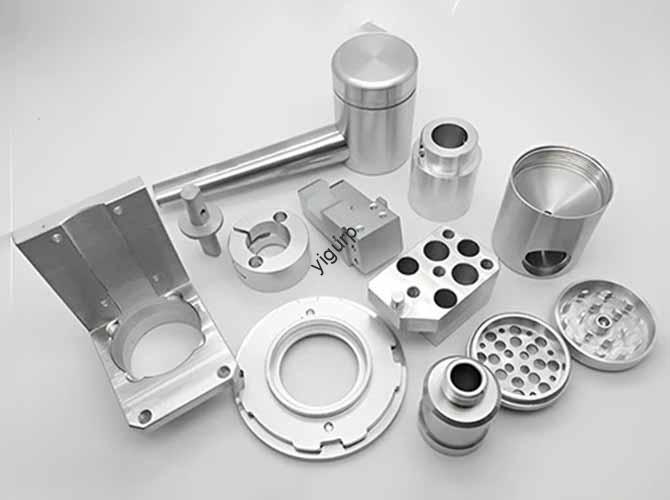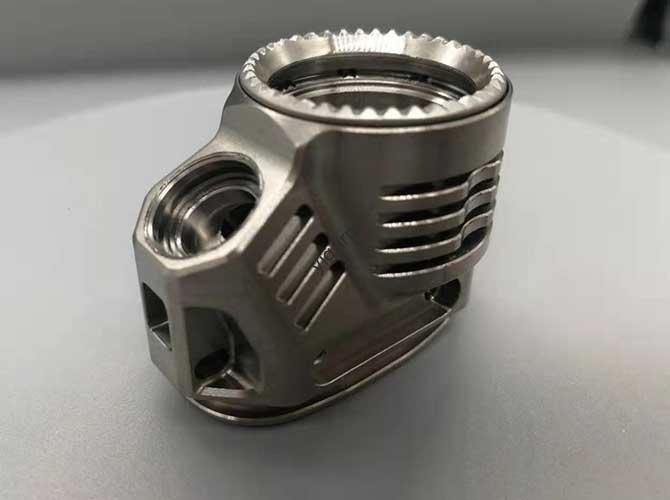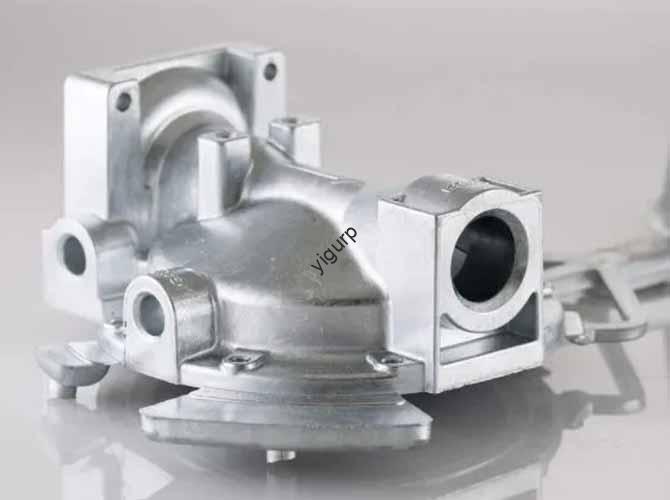What Are Die Casting Coils and How to Eliminate This Internal Defect?
Die casting coils, a critical internal defect in the die casting process, severely undermines the mechanical performance and reliability of castings. Unlike surface flaws like scratches or burrs, this defect hides inside castings, often only detectable through non-destructive testing (such as X-rays). Its core is the entrainment of air or gas into the molten metal […]

